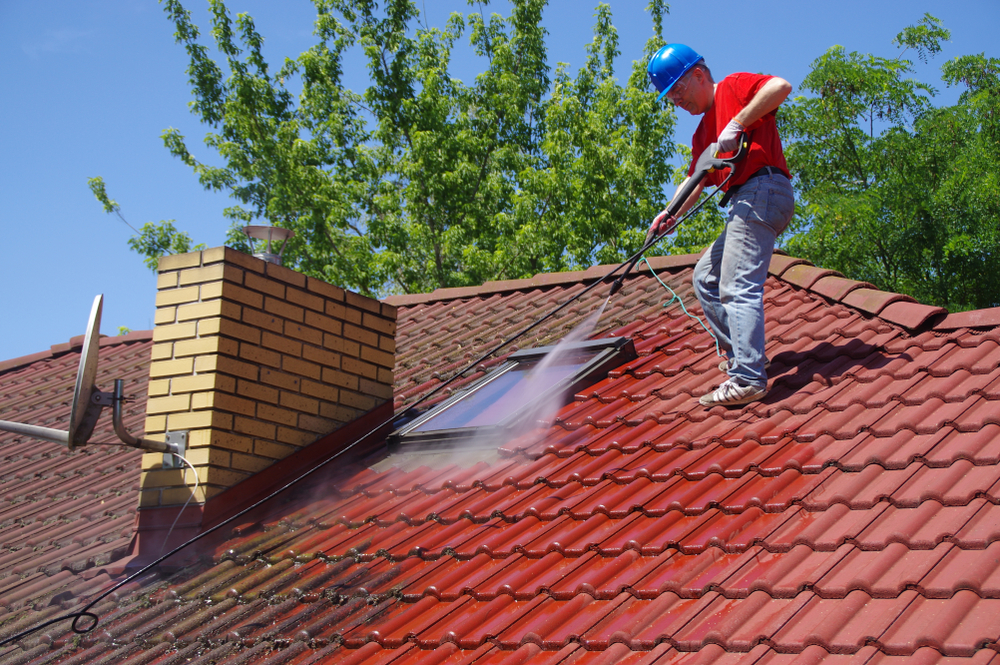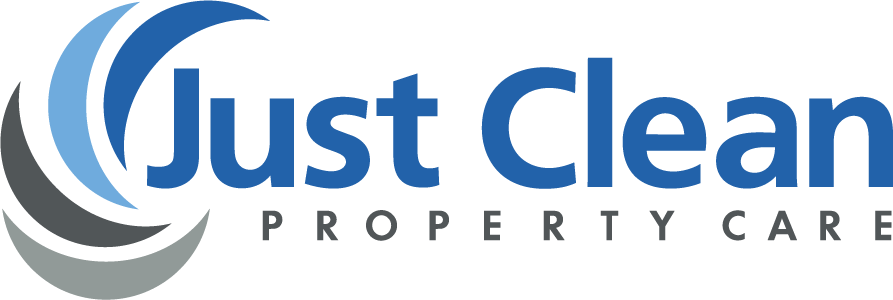
Cleaning Mold On Your Roof
20th October 2020
A Safe Work Environment
You will always require a safety gear before you start cleaning off the mold. Here are the tools that you will need to protect your health while cleaning:
- Rubber Gloves
- A Breathing Mask or a Respirator
- Good Quality Googles
- Pants
- Long Sleeve Shirt
- Slip Resistant Boots/Shoes
You will need to wear them throughout the cleaning process. In this way, you won’t be coming in contact with all the bleach and nasty chemicals. The mold-covered roof shingles are super slippery, so putting on the right footwear is an absolute must. We also recommend you to wear shabby clothes as you will be cleaning.
The chemical runoffs will harm all your nearby plants. Use a plastic tarp to cover all of your vegetation. Using a garden hose for misting all the nearby shrubs and trees is another good idea. Remember to wet down the plants twice. Do it before and after the cleaning procedure. Now you need to pick a spot that is safe to climb with no nearby obstructions. Always use a sturdy ladder to climb the roof on safe ground. You can also ask someone to hold the ladder for you.
It is important to always watch your steps, especially when climbing angled rooftops as they are steeper. Be cautious with your steps, especially when you are going around the roof. Don’t put your entire weight down unless you find a safe footing. You will find excellent support by closely sticking to your roof’s ridge.
The Roof Spraying Job
Use a brush with a long handle for scrubbing the surface of your shingles. It is best to loosen the thick mold when they are dry and fragile. Make sure to clean off all the hard to reach corners and keep the rest for the cleaning agent. Use a respirator while cleaning the mold so you don’t breathe in these particles.
To get rid of the remaining mold and dirt, you need to use chlorine bleach. But remember to never use bleach and ammonia together as it will be hazardous to your health. If you are into cleaners with fewer chemicals, consider buying Moss Out, Seventh Generation, or Wet & Forget. You can also create your very own cleaning agent by getting the following products:
- Bleach – One Quart
- TSP (Trisodium Phosphate) – 60ML
- Water – One Gallon
Start spraying from the bottom to the top in a backward manner, so you do not drain the solution in your direction. Do it until you start seeing a runoff and wait for 15 to 20 minutes for the chemicals to kill the mold. Stay away from pressure washers as they tend to damage shingles. Carry out your cleaning process only on cloudy days. Start rinsing the shingles with water through a garden hose for removing any remaining chemicals.
How to Prevent Future Mold Growth?
Check up and clean your roof every 6-8 months. It is best to do so after the rainy season or by the end of summer. Why? Because there is excess moisture during this time, which will lead to mold growth. Installation of copper or zinc strips is also a great way to keep them off with its antimicrobial properties. Place them underneath the upper part of the shingles and start spanning the whole roof’s length. An easy way out would be to install shingles that are resistant to mold growth.
Conclusion
Mold usually stems from algae growth under hot, humid, and rainy weather. They are known for growing fast and decreasing the quality of your rooftops. Your roof shingles will go damp, causing them to rot. Cleaning isn’t the hardest job, but it does require some proper knowledge. Plus, you certainly don’t want any future mold growth. So, it is best to hire a roof cleaning team to do the job for you. They possess technical knowledge of all these sightings and also helps combat future damages.


